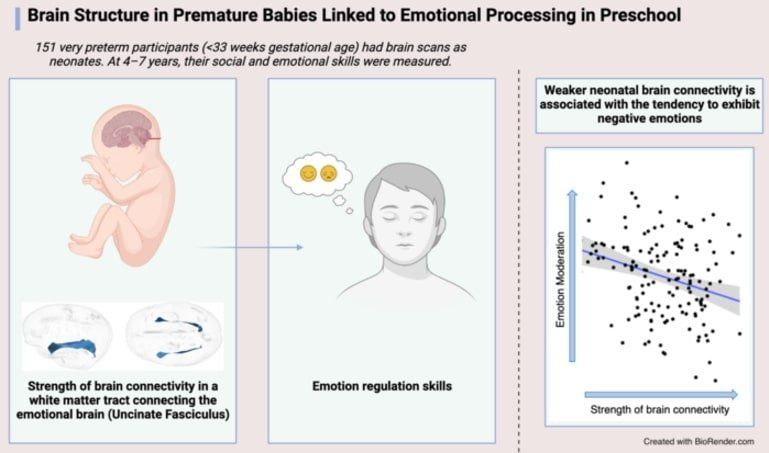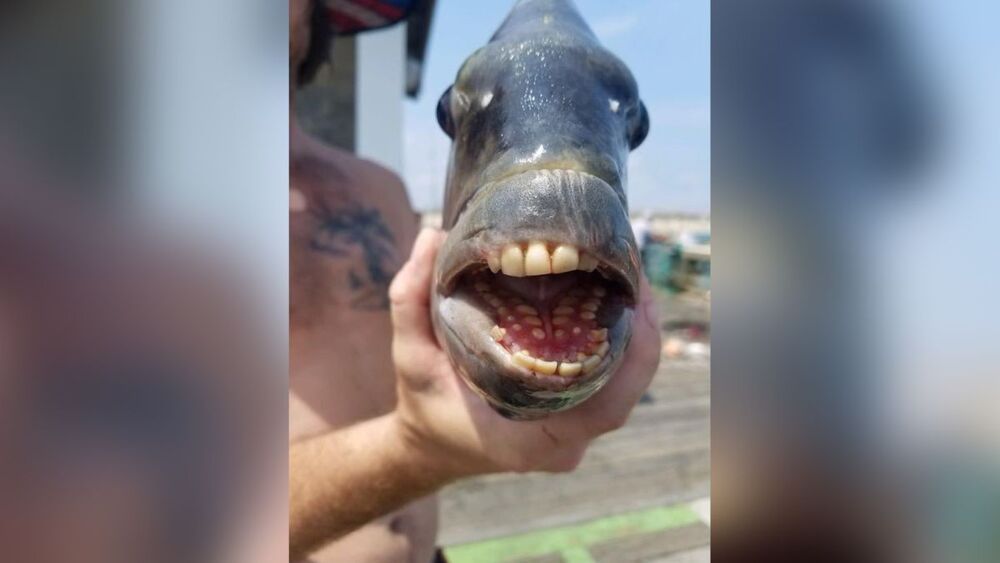torre faro by ACPV will connect milan’s historic center and periphery by reviving a north-south axis that runs from the city center through via crema and piazza trento all the way to ACPV’s symbiosis business district, located just across the disused railway yard. ‘the a2a headquarters project creates a new vertical village for the firm’s operations. it is designed for people to enjoy working in the company of their colleagues and to encourage spontaneous professional and personal interactions,’ says antonio citterio, architect and co-founder of ACPV.
the new tower can accommodate 1,500 people in spaces that are flexible, open, and are complemented by a green courtyard shared with the museum of energy – located inside the existing buildings that will be revitalized with the project. vertically, the tower is centrally divided into two sets of office floors framed by the spacious entrance hall on the first floor, the sky garden in the middle, and the belvedere on top. the architecture of the building addresses future professional needs by integrating flexible spaces – including co-working lounges and informal meeting rooms – that can be reconfigured for multiple uses.






